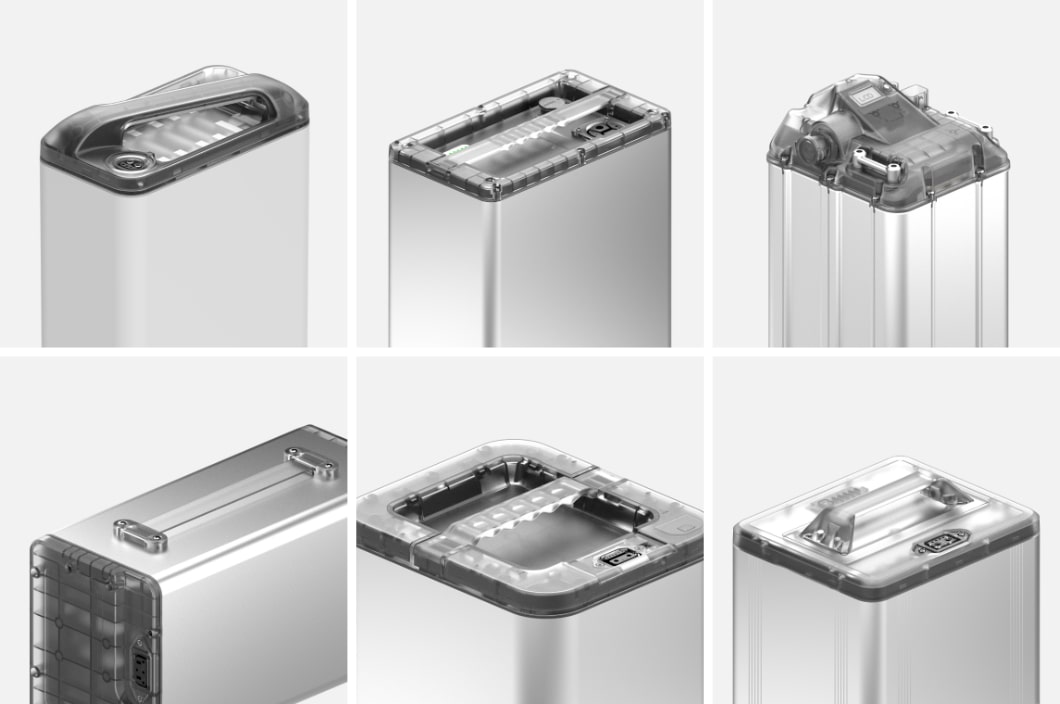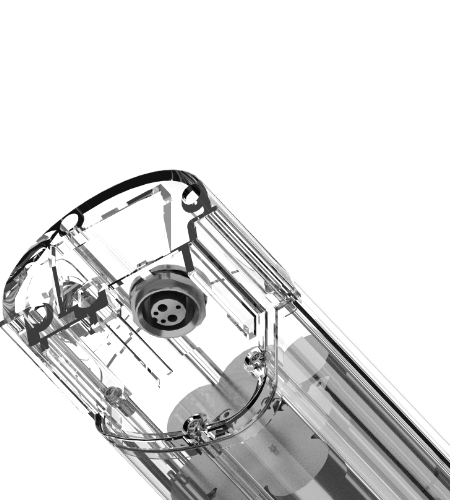COMMON SAFETY STANDARDS
We provide comprehensive product certification and consulting services, including transportation certification, safety certification, etc.
STANDARDS FOR TRANSPORT OF BATTERIES

UN 38.3
UN38.3 is section 38.3 of the "United Nations Manual of Tests and Standards for the Transport of Dangerous Goods" created by the United Nations for the transport of dangerous goods. Lithium battery exports must pass the tests of this standard and obtain a certification report.

MSDS
MSDS (Material Safety Data Sheet) is a chemical safety data sheet, used by chemical manufacturers and importers to clarify the physical and chemical properties of chemicals (such as pH, flash point, flammability, reactivity, etc.) and the user A document of possible hazards to health (such as carcinogenic, teratogenic, etc.).
STANDARDS FOR SAFETY AND FEATURES OF BATTERIES

ISO 13849-1: 2015
ISO 13849-1: 2015 is a general principle for mechanical safety design, which aims to establish a mechanical safety system with sufficient reliability and provides safety requirements and guidance on the design of safety-related components of the control system, integration principles, and software design.

IEC 62133-2: 2017
IEC 62133-2: 2017 is a safety requirement for single cells and batteries containing alkaline or non-acid electrolytes and portable sealed cells and batteries. This standard is one of the main standards of the Global Electrotechnical Commission for battery pack safety testing.

UL 2271
UL2271 is a test standard for battery application safety in light electric vehicles managed by Underwriters Laboratories in North America. The standard simulates the use of batteries in the general road and off-road specific road environments. The software and hardware functional safety assessment results of the battery are also integrated into the certification report.

UL 2054
UL2054 is a testing standard for household and commercial battery application safety managed by Underwriters Laboratories in the United States. This standard tests and evaluates products from three aspects: electrical, mechanical, and environmental.
CAN'T FIND WHAT YOU NEED ?
If you need help with a certification or test that is not listed below, feel free to contact us.
CONTACT US












